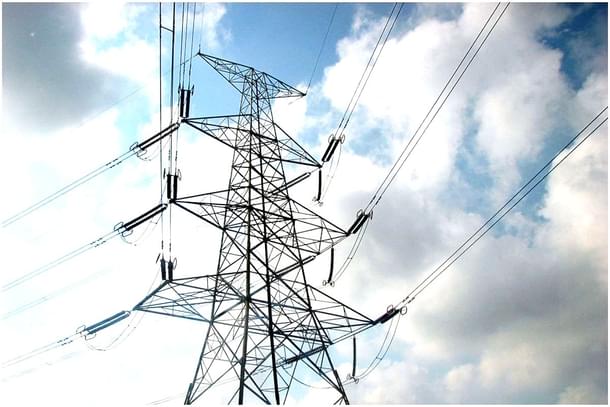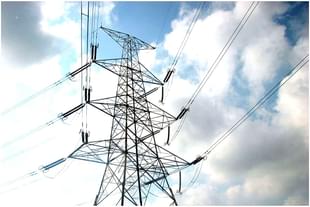News Brief
India’s Average Electricity Supply Rises: 22.6 Hours In Rural Areas, 23.4 Hours in Urban Areas
Kuldeep Negi
Feb 22, 2025, 09:19 AM | Updated 09:19 AM IST
Save & read from anywhere!
Bookmark stories for easy access on any device or the Swarajya app.


Union Power Minister Manohar Lal Khattar has said that average electricity supply in rural areas has increased from 12.5 hours in 2014 to 22.6 hours in 2025 and in urban areas to 23.4 hours in 2025.
Addressing a press conference in New Delhi on Friday (21 February), Khattar informed that with the help of initiatives like Deeen Dayal Upadhyay Gram Jyoti Yojana (DDUGJY) , PM Sahaj Bijli Har Ghar Yojana (SAUBHAGYA), Pradhan Mantri Janjati Adivasi Nyaya Maha Abhiyan for Particularly Vulnerable Tribal Groups (PVTG), the accessibility to power has increased significantly in the last 10 years.
He said that the government is aiming for 100 per cent electrification of households across the country.
“It is our goal to make power accessible to everyone and all times and the government is aiming for 100 per cent electrification of households across the country,” Khattar said.
He informed that fossil based power capacity has increased from 168 GW in 2014 to 246 GW in January 2025, which shows an increase of around 46 percent.
Further, the non-fossil based power capacity has increased from around 80GW in 2014 to around 220 GW in 2025 (as of 31 January 2025 ) which is around 180 percent increase, he added.
The minister further said that the transmission network has increased from 2.91 lakh circuit km (ckm) in 2014 to 4.92 lakh ckm in 2025.
The minister informed that India has become net exporter of power and the net export in 2025 amounts to 1,625 MU. He added that in 2014 India was a net importer of power.
The energy shortage in the country has reduced from 4.2 per cent in 2014 to 0.1 per cent in 2025, and steps are being taken to overcome the current energy shortage, the minister said.
On Power Distribution Companies (Discoms) losses, the minister said that aggregate technical and commercial (AT&C) losses have reduced from 22.62 per cent in 2014 to 15 per cent in 2025, and this will be further reduced to 10 per cent by 2030.
Also Read: Barytes, Felspar, Mica And Quartz Now Classified As 'Major Minerals' In India: What It Means
Kuldeep is Senior Editor (Newsroom) at Swarajya. He tweets at @kaydnegi.




